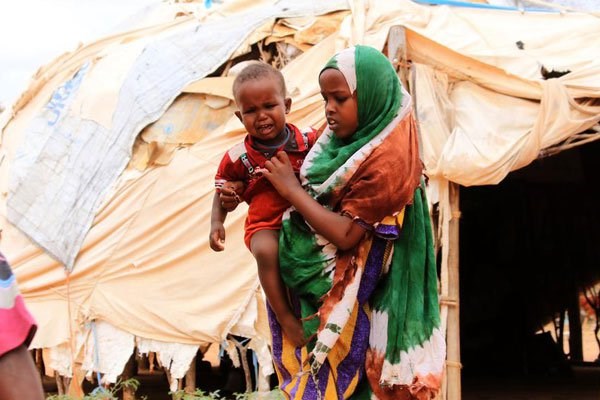
Friday March 3, 2017
By KEVIN J. KELLEY

The aim of phasing out the Dadaab camps is “on target,” with an average of nearly 2,000 refugees per week returning voluntarily to Somalia, the United Nations has said.
The population of the refugee complex was reported to be 265,034 as of February 15 — a decrease of about 10,000 residents since December and about 60,000 since last May.
At its peak, Dadaab housed more than 500,000 Somalis who had fled violence and hunger.
50,000 RETURNEES
The rate of return during the first six weeks of this year indicates “we are on target for reducing the population” of Dadaab, UN refugee agency spokesman Julien Navier told the Nation on Wednesday.
An agreement signed in 2013 by the UN agency and the governments of Kenya and Somalia calls for the phase-out of the refugee camps established in 1991.
The UN launched a voluntary repatriation programme in 2014, under which nearly 50,000 Somalis have been assisted financially and logistically in returning to their homeland.
Thousands more have gone back to Somalia on their own.
COURT ORDER
Citing security concerns, Kenyan authorities had threatened to shut Dadaab by May of this year, but a High Court ruling last month blocked that move at least temporarily.
Returns are being encouraged through a UN-sponsored “go and see” programme whereby some 5,000 refugees have been flown from Kenya to Baidoa in western Somalia on what amounts to inspection tours.
This initiative, underway for the past few years, enables selected Dadaab residents to “travel to Baidoa and see if it's a good option to relocate there,” Mr Navier said.
After assessing conditions in the Baidoa area, programme participants “return to Dadaab, reflect on what they have seen and decide if they want to be relocated,” the UN refugee agency official added.
$3 MILLION
Baidoa is also the site in Somalia of a $3 million UN “peacebuilding” effort launched in December.
In accordance with this 18-month pilot project, some 3,000 refugees in Dadaab are to be trained in vocational skills and mediation prior to relocating to Baidoa where they will be assisted in reintegrating into Somali society.
The severe drought threatening the lives of hundreds of thousands of Somalis could meanwhile imperil the aim to maintain a steady rate of reduction in Dadaab's population, Mr Navier acknowledged on Wednesday.
He said it is likely that some Somalis are coming to Kenya in search of sustenance as food stocks dwindle in their home areas. Mr Navier added, however, that the UN is not monitoring any drought-related influx of Somalis to Dadaab.